2-Day Shopping and Sightseeing Adventure in Sofia, Bulgaria
Sofia, Bulgaria
2 days
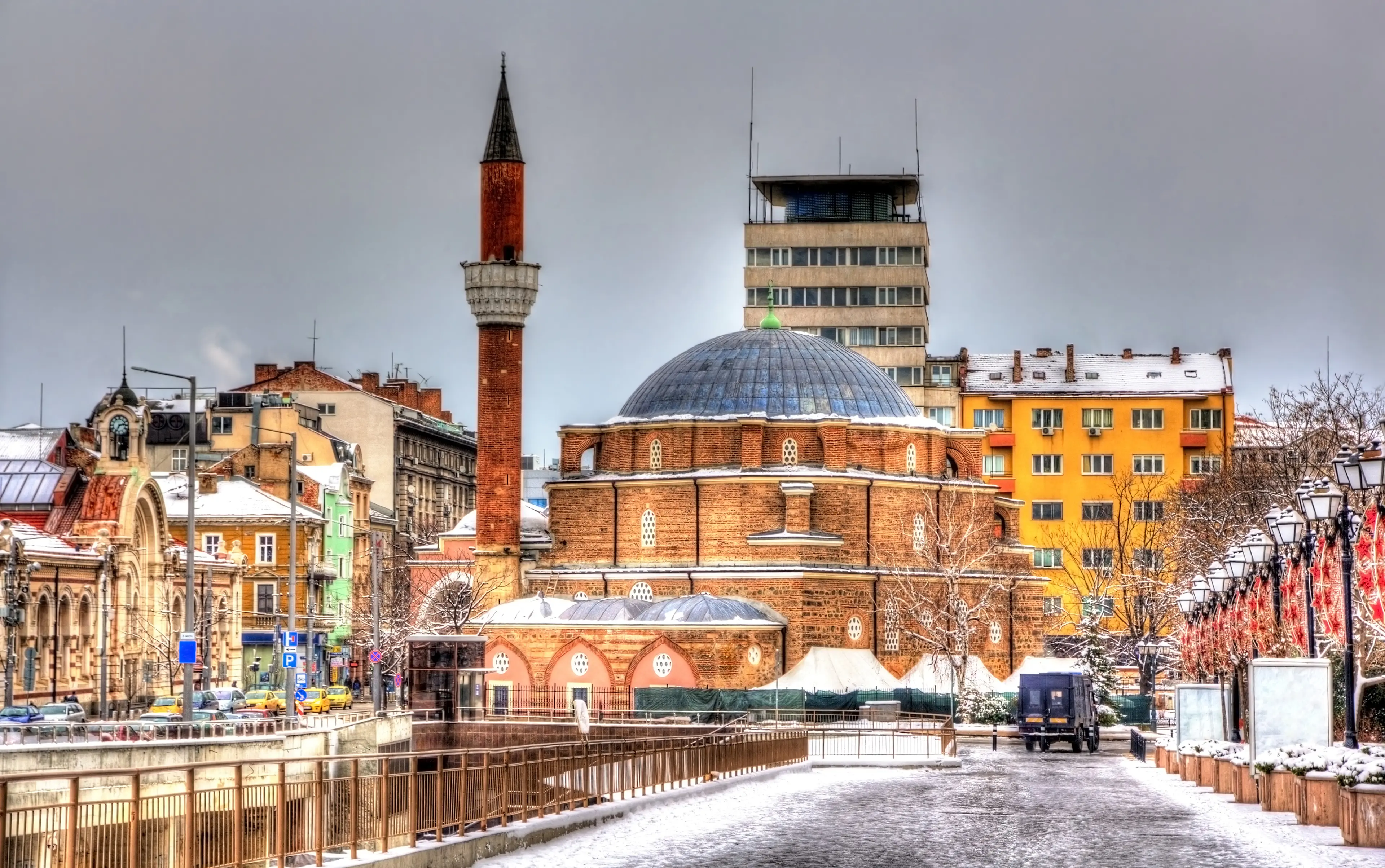
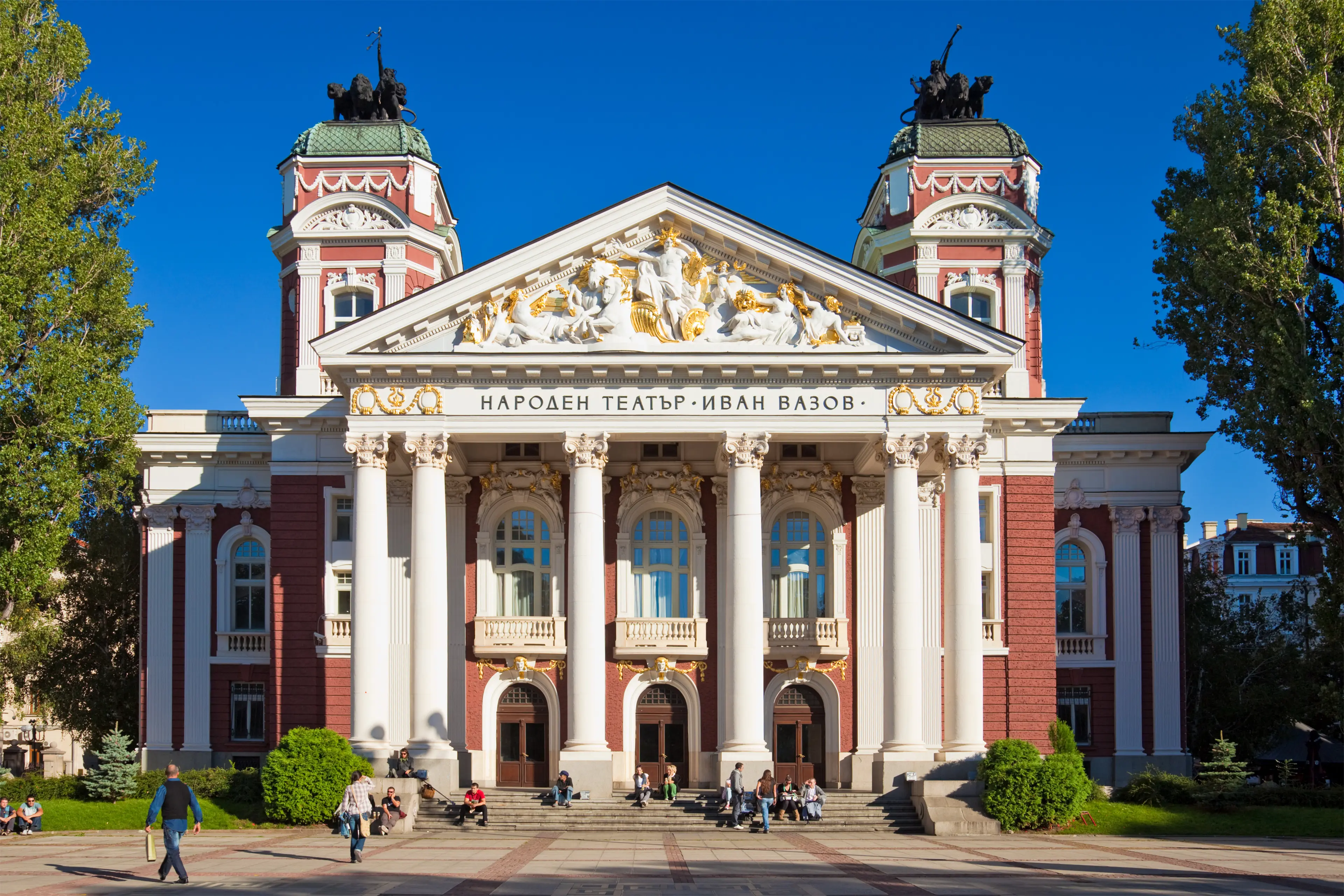
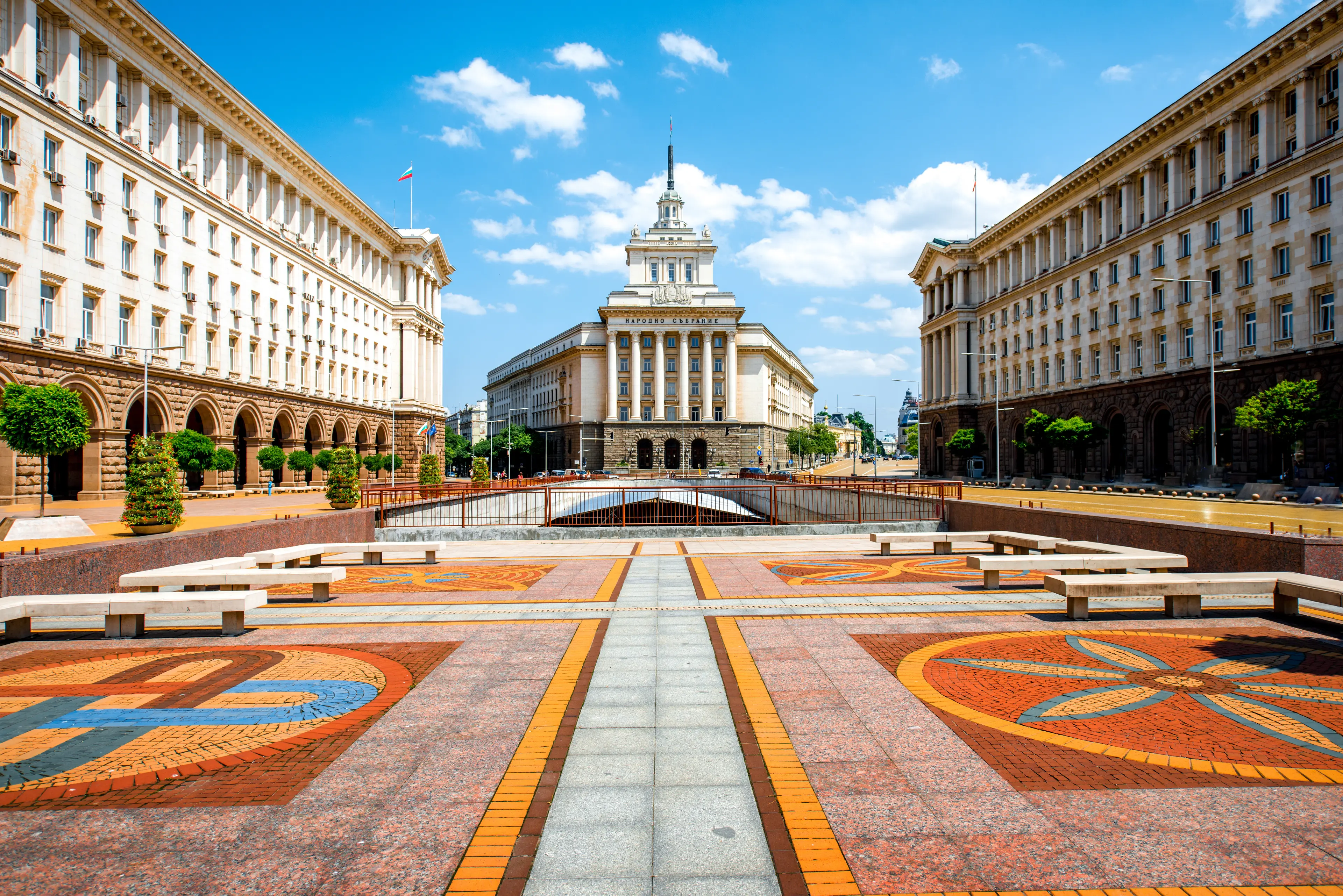

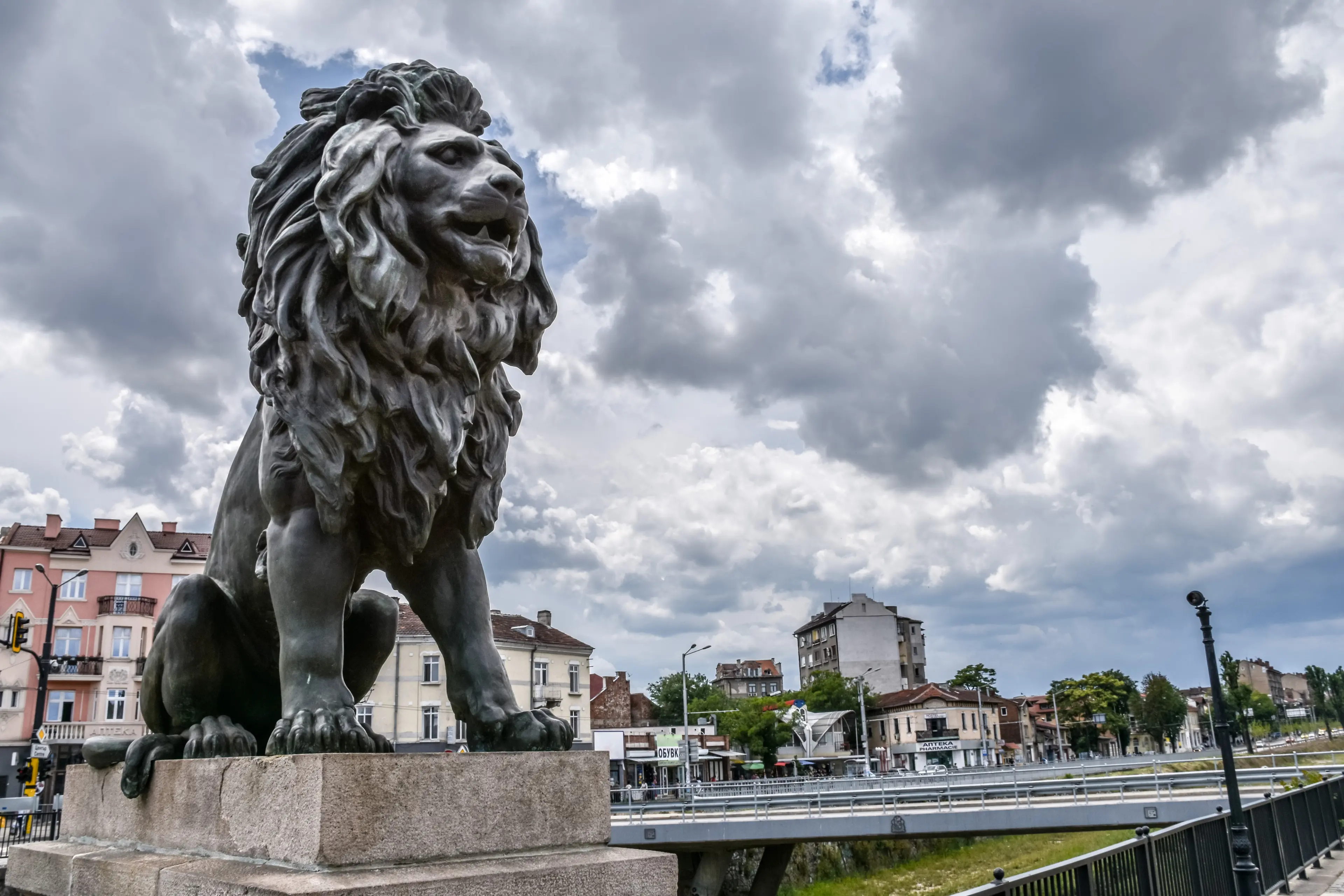
About Sofia, Bulgaria
Discover Sofia, the capital city of Bulgaria, a destination rich in history and culture. Nestled at the foot of Vitosha Mountain, Sofia offers a unique blend of ancient and modern. Explore the city's architectural gems like the Alexander Nevsky Cathedral, St. George Rotunda, and Boyana Church, a UNESCO World Heritage site. Wander through the bustling Vitosha Boulevard, lined with trendy cafes, boutiques, and local markets. Visit the National History Museum to delve into Bulgaria's past. Enjoy the natural beauty of Borisova Gradina Park or take a cable car up Vitosha Mountain for stunning city views. Sofia's vibrant nightlife, delicious Bulgarian cuisine, and warm hospitality make it a must-visit European city.
2-Day Itinerary
Day 2
Discovering Sofia's Cultural Heritage and Natural Beauty
Morning
Begin your second day with a visit to Boyana Church, a UNESCO World Heritage Site known for its medieval frescoes.
Lunch
Have lunch in a cozy restaurant offering a mix of traditional and modern Bulgarian cuisine.
Afternoon
Spend your afternoon in Vitosha Nature Park. Enjoy the beautiful scenery, take a leisurely walk, or even go hiking if you're up for it.
Dinner
For dinner, try a restaurant offering a fusion of Bulgarian and international cuisine. Pair your meal with a glass of local wine.
Evening
End your day with a stroll around Serdika, the historical heart of Sofia. Here, you can see the remains of the ancient Roman city and enjoy the vibrant nightlife.
Attractions in Itinerary (6)

1Alexander Nevsky Cathedral
One of the largest Eastern Orthodox cathedrals in the world, known for its richly decorated interior and beautiful domes.

2National Museum of History
The largest and most comprehensive museum in Bulgaria, housing over 650,000 exhibits related to archaeology, fine art, history and ethnography.

3Vitosha Boulevard
Sofia's main commercial street, featuring a number of high-end boutiques, restaurants, and cafes.

4Boyana Church
A medieval Bulgarian Orthodox church listed as a UNESCO World Heritage site, known for its well-preserved frescoes.
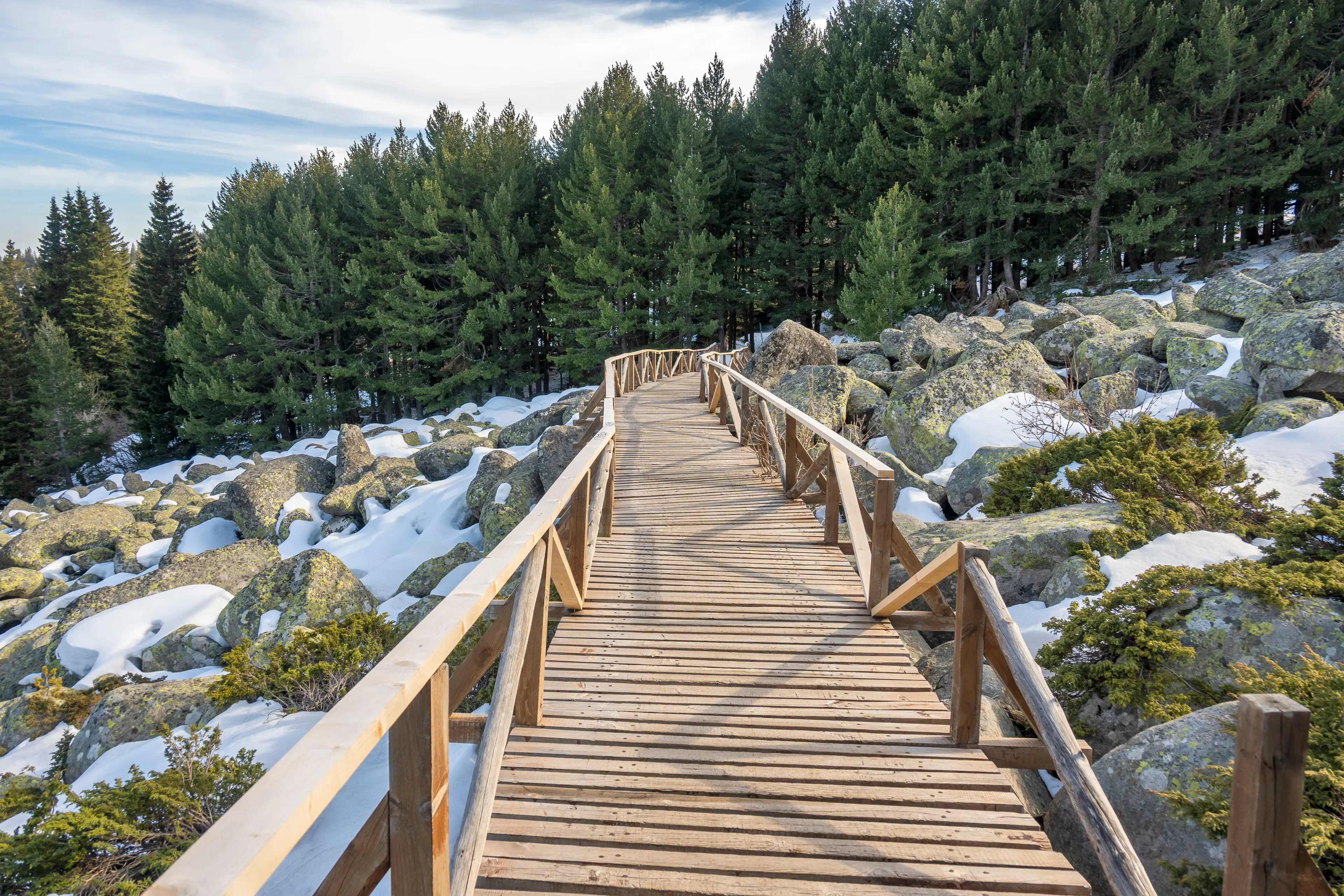
5Vitosha Nature Park
The oldest national park in the Balkans, offering hiking, skiing, and wildlife viewing opportunities.
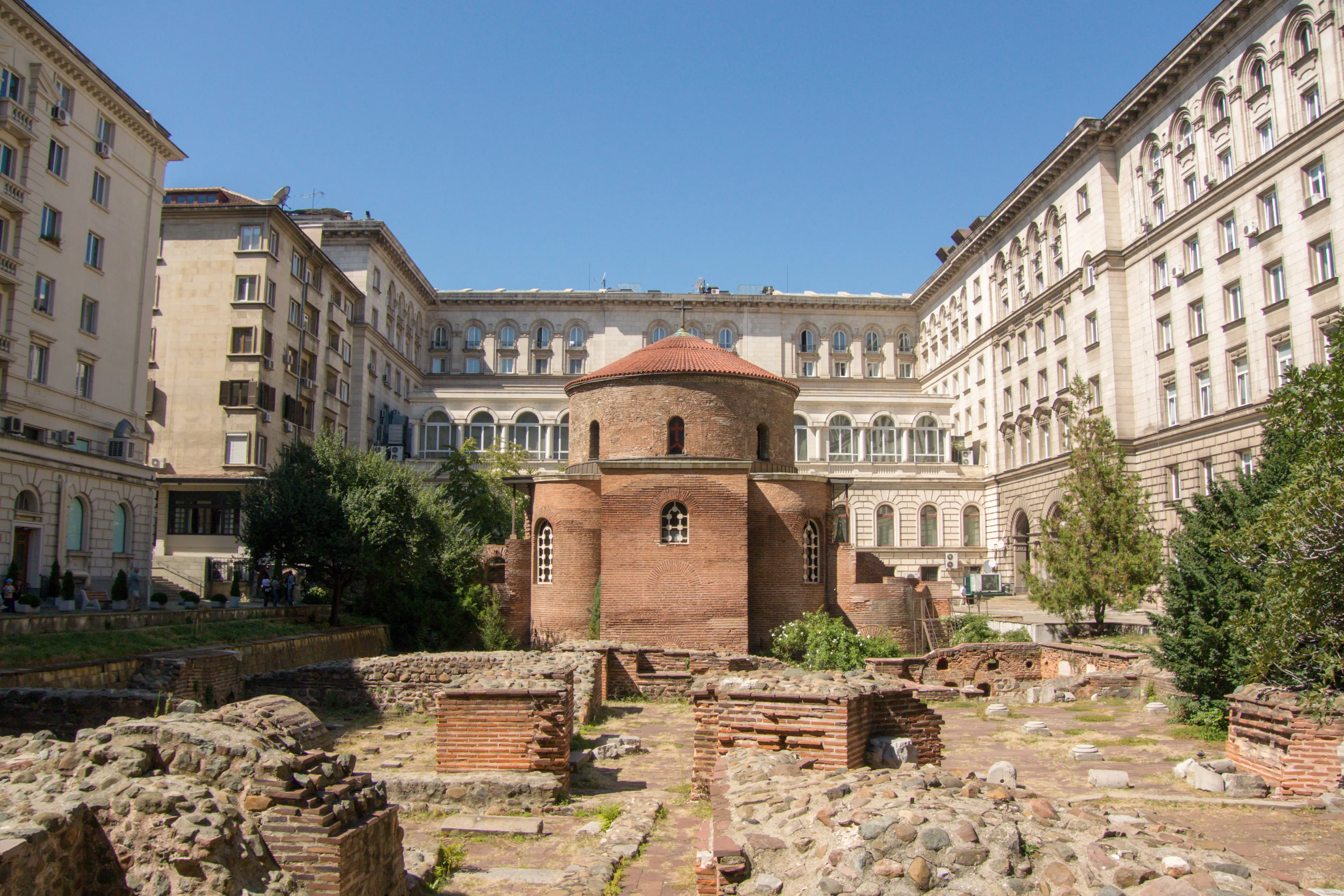
6Serdika
An archaeological complex in the city center, revealing layers of Sofia's history from Roman times to the present.
Local Food and Drinks (12)

Banitsa
A traditional Bulgarian pastry made with whisked eggs and cheese between filo pastry sheets, often enjoyed for breakfast in Sofia.

Shopska Salata
A popular Bulgarian salad made from tomatoes, cucumbers, onions, peppers, and sirene (Bulgarian cheese), commonly found in Sofia.

Sirene po Shopski
A traditional Bulgarian dish made from sirene cheese baked in a pot with eggs and tomatoes, a common dish in Sofia.

Kavarma
A popular Bulgarian meat stew that is slow-cooked with vegetables and served in an earthenware pot, a must-try in Sofia.

Tarator
A cold cucumber and yogurt soup, seasoned with dill, garlic, and walnuts, a refreshing dish commonly served in Sofia during summer.

Kebapche
A Bulgarian grilled minced meat dish, often served with fries and salad.
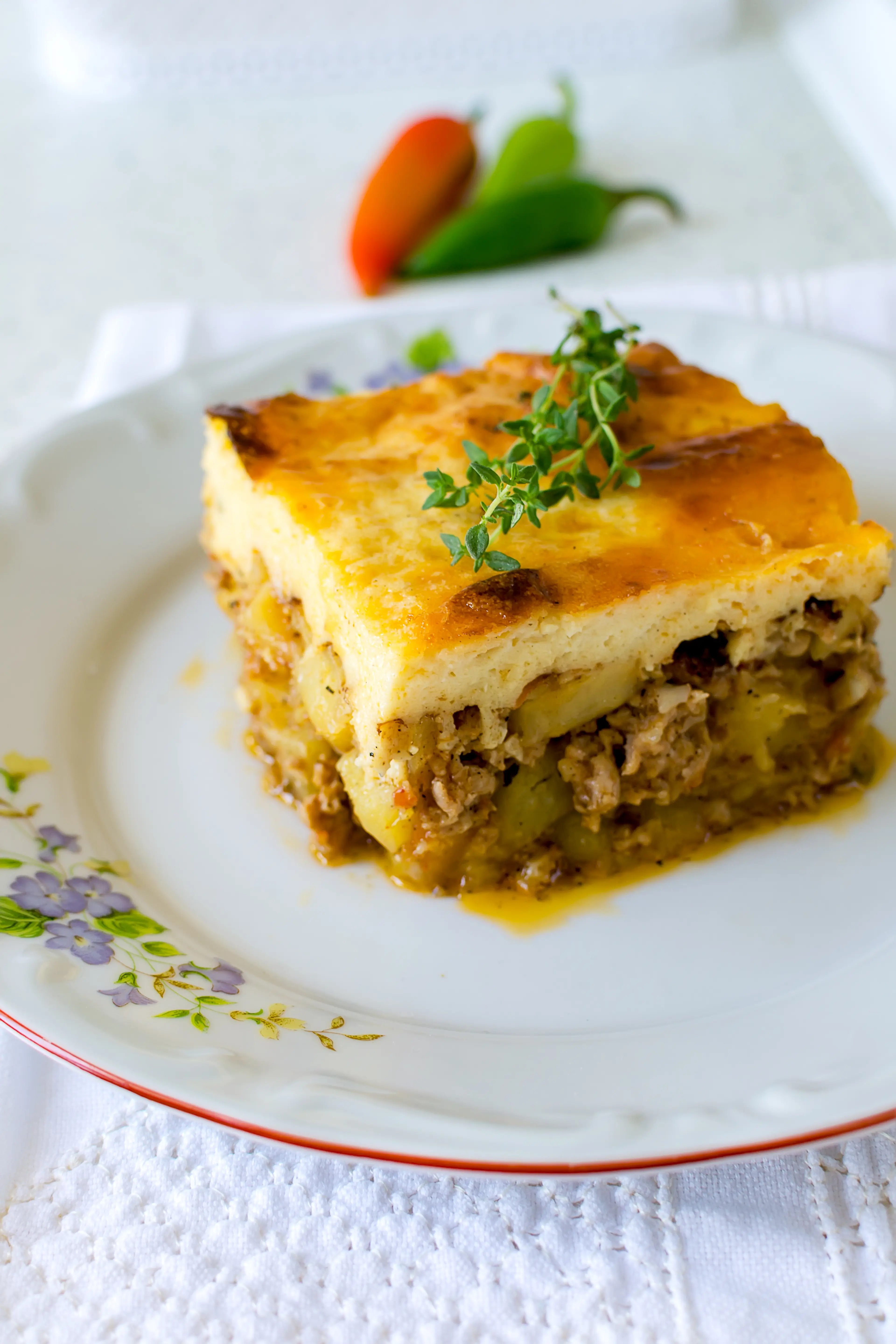
Musaka
A traditional Bulgarian dish made from potatoes and minced meat, similar to the Greek moussaka, a common food in Sofia's local restaurants.
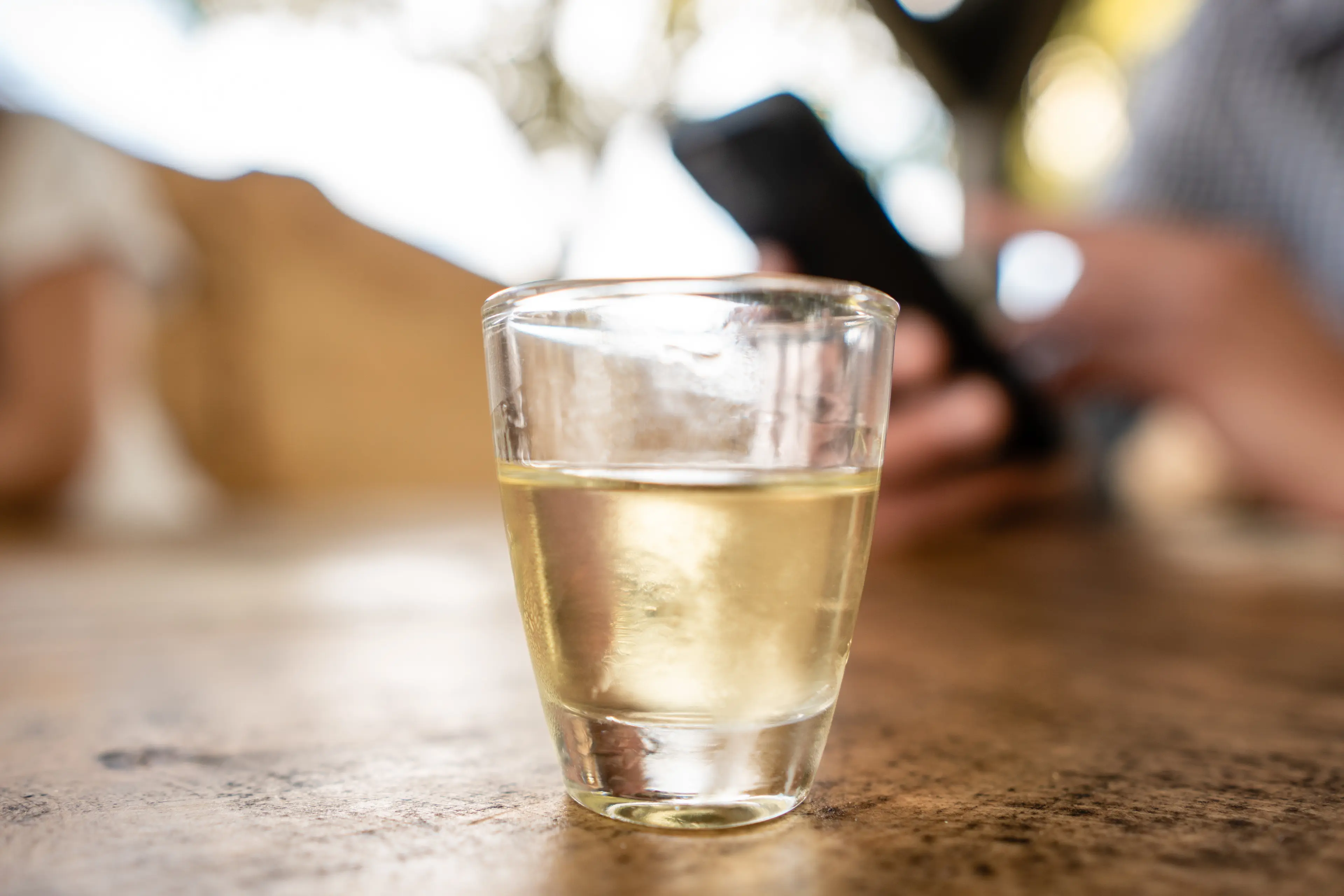
Rakia
A traditional Bulgarian fruit brandy that is very popular in Sofia, often served as an aperitif.
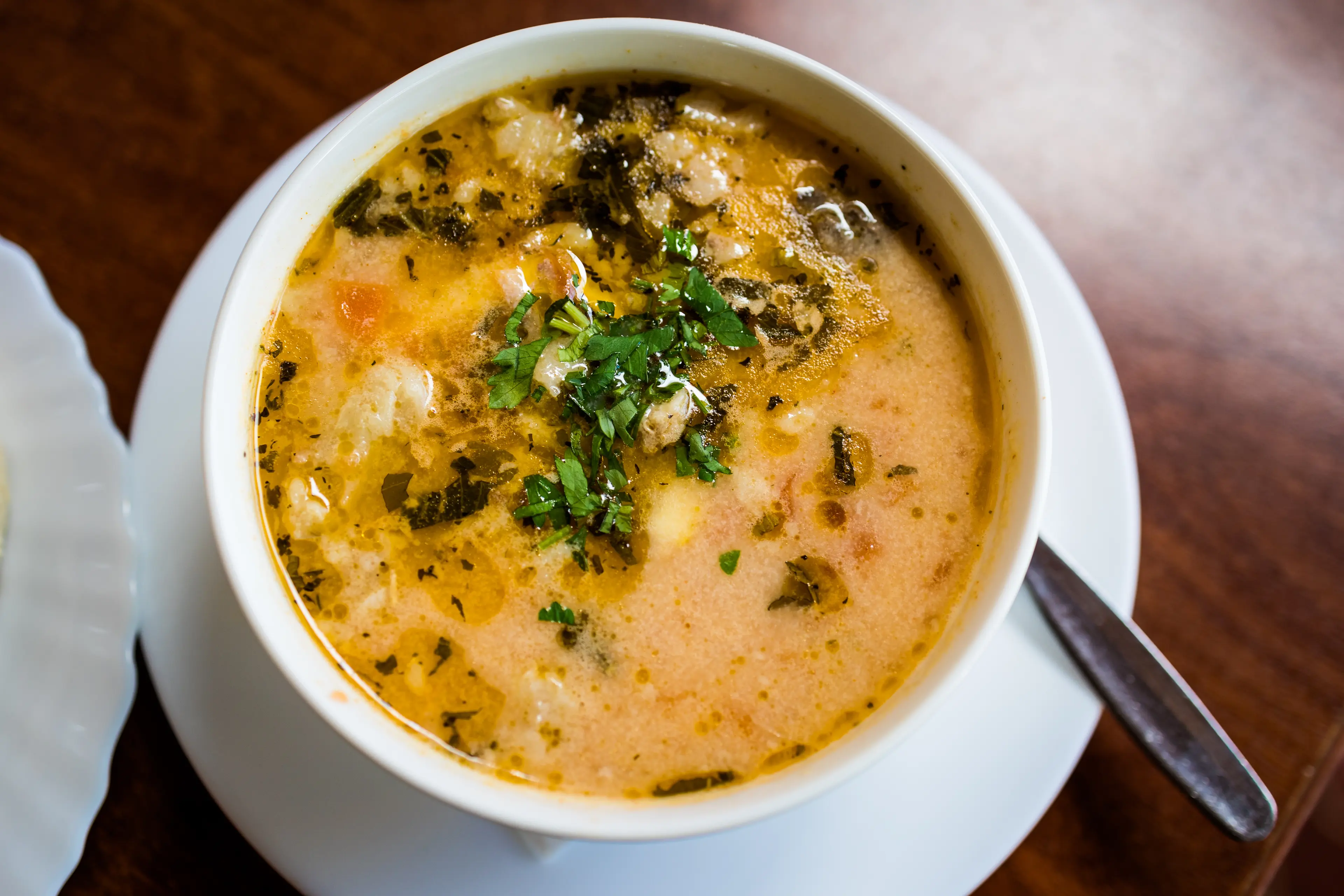
Shkembe Chorba
A traditional Bulgarian tripe soup, considered a hangover remedy, commonly found in Sofia.
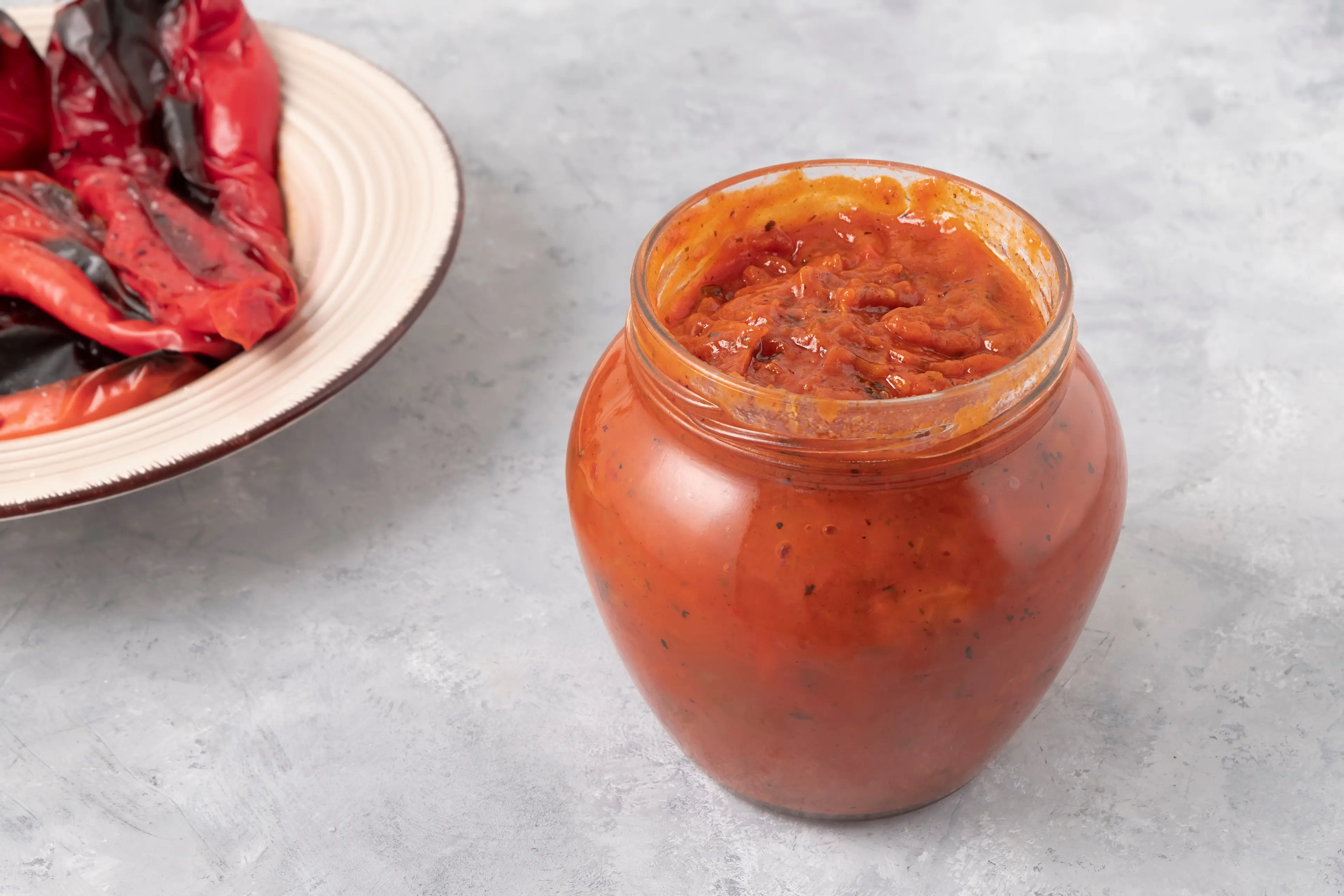
Lyutenitsa
A spicy vegetable relish or chutney made from peppers, aubergines, and tomatoes, often spread on bread or served with meat.
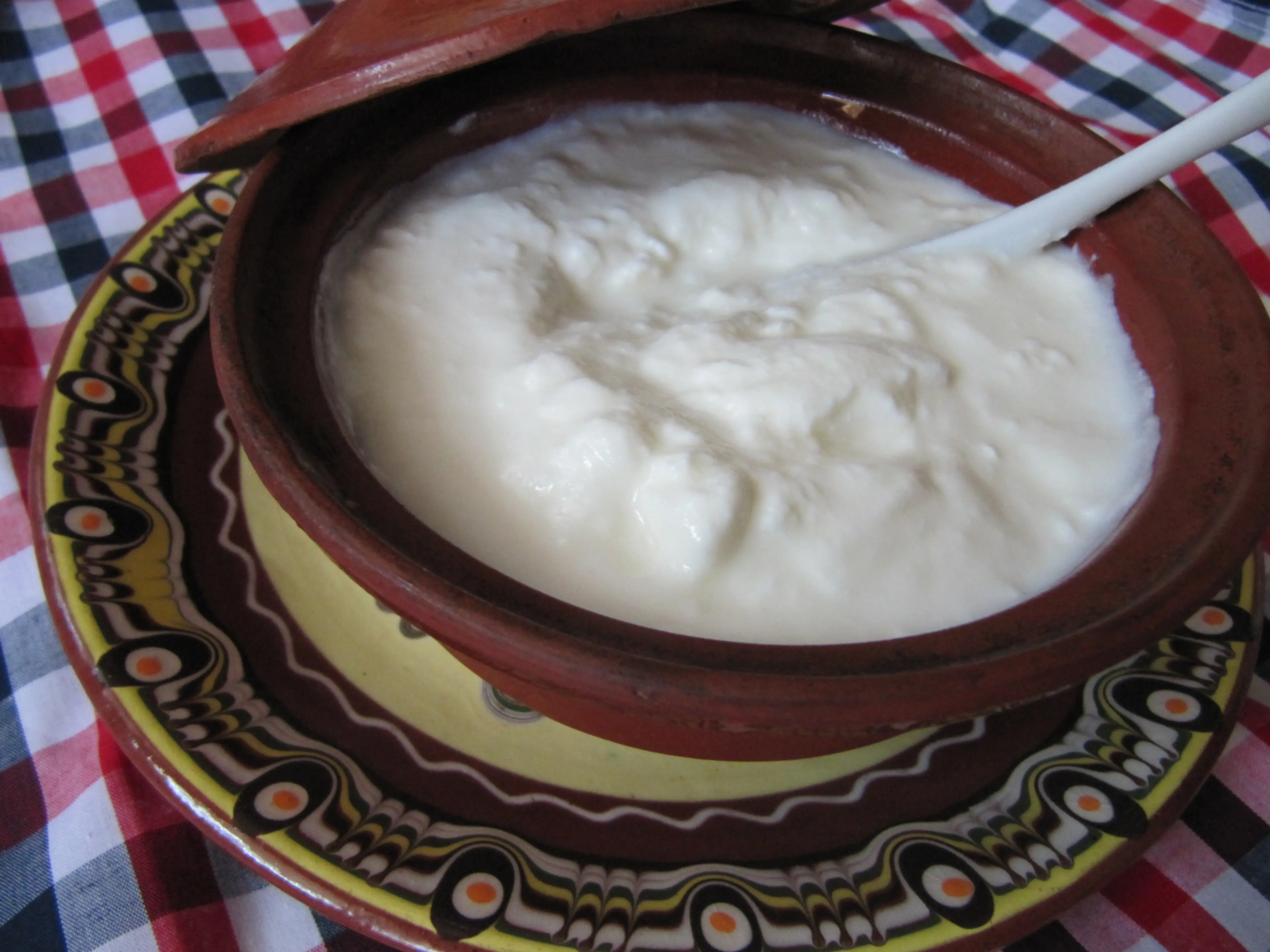
Kiselo Mlyako
A Bulgarian yogurt that is tangier than Greek yogurt, a staple dairy product in convenience stores.
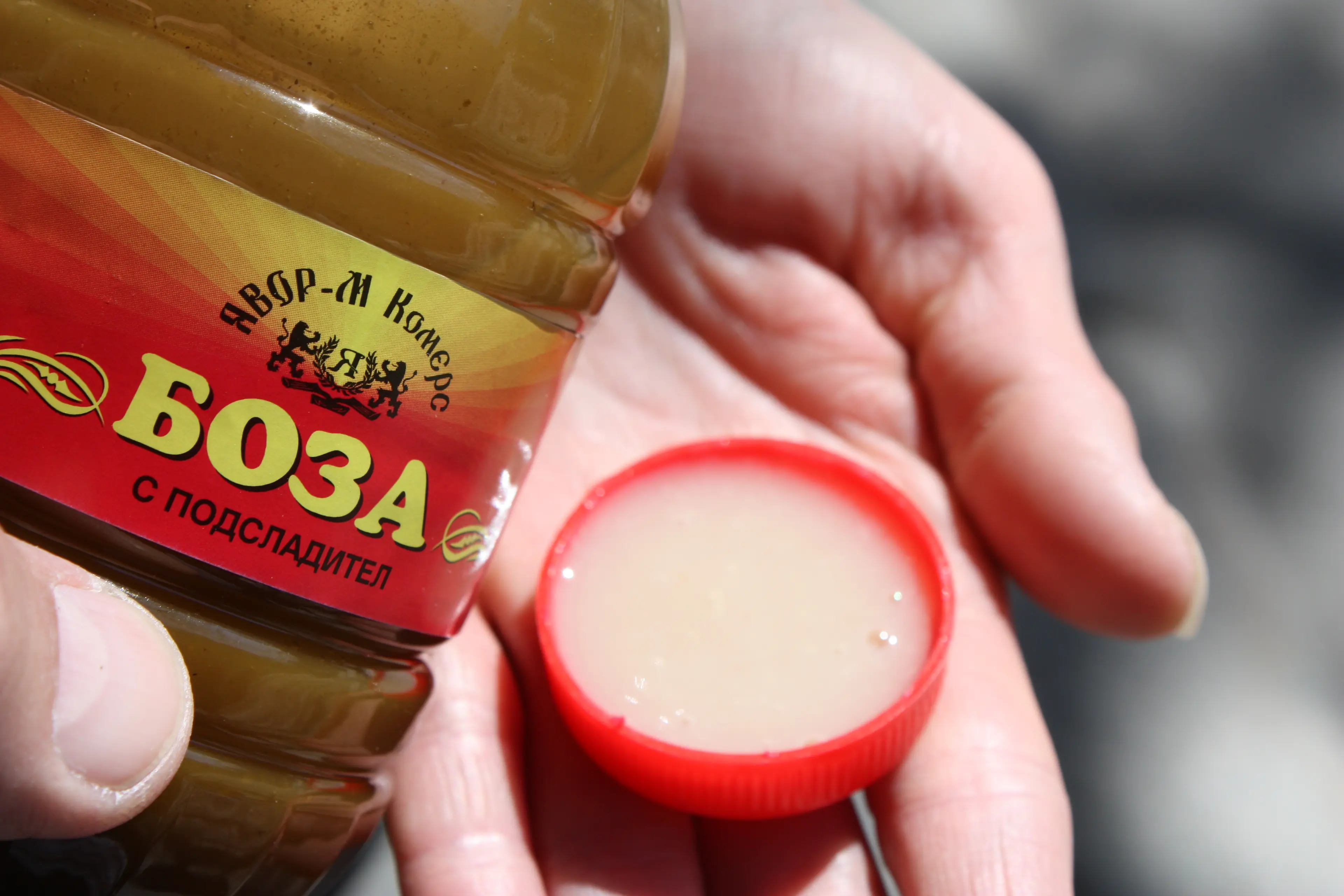
Boza
A traditional Bulgarian fermented drink made from millet, with a slightly sweet and tangy flavor, commonly enjoyed in Sofia.
Best time to visit
The best time to visit Sofia, Bulgaria is from late spring to early autumn, specifically May through October. During these months, the weather is typically warm and pleasant, perfect for sightseeing and outdoor activities. The city is vibrant with various cultural events, festivals, and open-air concerts. However, if you're interested in winter sports like skiing, the months from December to February would be the best time for you.
How to get around
Public Transport
Sofia's public transport system includes buses, trams, and trolleybuses. It's a reliable and efficient way to get around the city. Tickets can be purchased at kiosks, onboard from the driver, or via a mobile app.
Metro
The Sofia Metro is a fast and convenient way to travel around the city. It has four lines that cover most of the city and connect to the airport.
Taxi
Taxis are widely available in Sofia and can be hailed on the street, booked in advance, or picked up from taxi ranks at major transport hubs and tourist areas. Always ensure the taxi is licensed and metered.
Ridesharing
Ridesharing services such as Uber and Bolt are available in Sofia. They can be a convenient and cost-effective way to get around, especially if you're traveling in a group.
Bicycle
Sofia has a growing network of bicycle lanes and bike-sharing schemes. Cycling can be a fun and eco-friendly way to explore the city.
Car Rental
Renting a car can be a good option if you plan to explore outside of Sofia. However, traffic can be heavy and parking can be difficult in the city center.
Walk
Many of Sofia's main attractions are within walking distance of each other, making walking a viable option for getting around. The city is pedestrian-friendly with plenty of sidewalks and pedestrian zones.
Shared Scooters
Shared electric scooters are becoming increasingly popular in Sofia. They can be found and rented via mobile apps and are a fun and quick way to get around the city.
Important information
Currencyлв BGN
Time zoneUTC+2
Driving sideRight
Emergency phoneAmbulance: 150; Fire: 160; Police: 166
Drinking waterOpt for bottled water
Power sockets
Voltage230 V
Things to know about Sofia, Bulgaria as a first time visitor
1
The official language is Bulgarian, but English is commonly spoken in tourist areas and by younger generations.
2
The local currency is the Bulgarian Lev (BGN). It's advisable to have some local currency on hand for smaller establishments that may not accept credit cards.
3
Bulgaria is a member of the European Union but not part of the Schengen Area. Ensure you have the appropriate visa if required.
4
Sofia is generally safe, but like any city, it's important to be aware of your surroundings, especially at night or in less crowded areas.
5
Public transportation in Sofia is reliable and inexpensive. It includes buses, trams, and a metro system.
6
Taxis are also widely available but make sure to use a reputable company to avoid being overcharged.
7
Bulgarian cuisine is diverse and delicious. Be sure to try local dishes like shopska salad, banitsa, and kavarma.
8
Tipping is customary in Bulgaria. It's typical to leave around 10% of the bill in restaurants.
9
The tap water in Sofia is generally safe to drink, but bottled water is widely available if you prefer.
10
Bulgaria uses Eastern European Time (EET) and observes daylight saving time.
11
The standard voltage in Bulgaria is 230 V, and the frequency is 50 Hz. The power plugs and sockets are of type F.
12
Sofia has a humid continental climate. Summers (June to August) can be hot with temperatures ranging from 68°F to 86°F (20°C to 30°C), while winters (December to February) can be very cold with temperatures from 23°F to 41°F (-5°C to 5°C).
13
Bulgarians shake their heads to mean 'yes' and nod for 'no', which can be confusing for foreigners.
14
Bulgaria has its own Cyrillic alphabet. It might be helpful to learn a few basic phrases or letters.
15
Smoking is banned in all enclosed public places, including bars and restaurants, but is still quite common.
16
Bulgarians are known for their hospitality. It's common to be offered food and drink when visiting someone's home.
17
Sofia is a city with a rich history. You'll find a mix of Roman, Ottoman, and Soviet influences in its architecture and culture.
18
Bulgaria is one of the oldest countries in Europe and Sofia is one of the oldest cities, so respect for historical sites and traditions is appreciated.
19
The healthcare system in Bulgaria is generally good, but it's recommended to have travel insurance that covers medical expenses.
20
Bulgaria is a predominantly Orthodox Christian country, so modest dress is recommended when visiting religious sites.
Basic Bulgarian to know as a first time visitor
English phrase | Native phrase | Pronunciation | When to use it |
|---|---|---|---|
Hello | Здравей | Zdravey | Greeting someone |
Goodbye | Довиждане | Dovizhdane | Leaving or saying goodbye |
Thank you | Благодаря | Blagodarya | Expressing gratitude |
Please | Моля | Molya | Making a request |
Yes | Да | Da | Agreeing or confirming |
No | Не | Ne | Disagreeing or denying |
Excuse me | Извинете | Izvinete | Getting attention or apologizing |
I don't understand | Не разбирам | Ne razbiram | Not understanding something |
Do you speak English? | Говорите ли английски? | Govorite li angliyski? | Asking if someone speaks English |
Where is the bathroom? | Къде е тоалетната? | Kade e toaletnata? | Looking for the bathroom |
I need help | Трябва ми помощ | Tryabva mi pomosht | In need of assistance |
Call the police | Повикайте полицията | Povikayte politsiyata | In case of emergency |
I'm lost | Изгубих се | Izgubih se | When you can't find your way |
How much does this cost? | Колко струва това? | Kolko struva tova? | Asking for the price |
Can I use my credit card? | Мога ли да използвам кредитната си карта? | Moga li da izpolzvam kreditnata si karta? | Asking to use credit card |
Where can I find a taxi? | Къде мога да намеря такси? | Kade moga da nameriya taksi? | Looking for a taxi |
I would like to order | Бих искал да поръчам | Bih iskal da poracham | Ordering food or drink |
Water, please | Вода, моля | Voda, molya | Asking for water |
Cheers | Наздраве | Nazdrave | Making a toast |
Good night | Лека нощ | Leka nosht | Saying goodnight |
Packing List
Clothing
Underwear
Socks
T-shirts
Pants/Jeans
Comfortable walking shoes
Sweater or jacket (depending on the season)
Sleepwear
Swimsuit (if you plan to visit a spa or pool)
Accessories (hat, sunglasses, scarf)
Toiletries
Toothbrush and toothpaste
Deodorant
Shampoo and conditioner
Body wash or soap
Razor and shaving cream
Makeup and makeup remover
Sunscreen
Hand sanitizer
Travel-sized first aid kit
Travel documents and essentials
Passport
Driver's license or ID card
Health insurance card
Travel insurance documents
Hotel and transportation reservation confirmations
Credit and debit cards
Local currency (Bulgarian lev)
Guidebook or map
Electronics and gadgets
Smartphone
Charger for smartphone
Power bank
Headphones
Camera
Charger for camera
Universal travel adapter
Miscellaneous items
Snacks
Bottled water
Travel pillow and blanket
Earplugs and eye mask
Reusable shopping bag
Travel-sized laundry detergent
Pen and notebook
Weather Conditions
When visiting Sofia, Bulgaria, it's important to note that the city experiences a humid continental climate with four distinct seasons. In the winter months, from December to February, Sofia can be quite cold, with temperatures often dropping to around 27°F (-3°C). Snowfall is common, so pack warm clothing, including a heavy coat, gloves, and boots. Spring, from March to May, sees a gradual increase in temperature, with highs reaching around 68°F (20°C) by May. This is a great time to visit if you enjoy mild weather and fewer crowds. Summer, from June to August, can get quite hot, with temperatures often reaching up to 86°F (30°C). It's advisable to pack light clothing, sunscreen, and a hat. Despite the heat, summer is a popular time for tourists due to the numerous outdoor festivals and events. Autumn, from September to November, is characterized by cooler temperatures, ranging from 46°F to 68°F (8°C to 20°C). This is a great time to visit if you enjoy the fall foliage. Regardless of when you visit, it's always a good idea to check the weather forecast before your trip to Sofia. This will help you pack appropriately and plan your activities. Also, keep in mind that the weather can change quickly, so it's wise to always carry an umbrella or raincoat.
| Month | Hi / Lo (°C) | Weather Overview |
|---|---|---|
January | 6° / -4° | January is the coldest month in Sofia, with snowfall being quite common. Pack warm clothing and snow boots. |
February | 8° / -3° | February is still quite cold with occasional snowfall. Warm clothing is still a necessity. |
March | 14° / 0° | March sees the beginning of spring with temperatures slowly rising. Light jackets and sweaters are recommended. |
April | 20° / 4° | April is a mild month with occasional rain showers. Carry a light jacket and an umbrella. |
May | 24° / 9° | May is pleasantly warm with plenty of sunshine. Light clothing and sunscreen are recommended. |
June | 28° / 13° | June marks the beginning of summer with long sunny days. Pack summer clothing and a hat for sun protection. |
July | 31° / 15° | July is the hottest month in Sofia. Light, breathable clothing is recommended. |
August | 30° / 15° | August is still quite hot, but with occasional rain showers. Carry light clothing and an umbrella. |
September | 25° / 11° | September is a mild month with less rain. Light jackets and sweaters are recommended for the cooler evenings. |
October | 18° / 6° | October sees the arrival of autumn with cooler temperatures and colorful foliage. Carry a jacket and a scarf. |
November | 12° / 2° | November is quite chilly with shorter days. Warm clothing and a good pair of shoes are recommended. |
December | 6° / -2° | December is cold with occasional snowfall. Warm clothing, including gloves and hats, are a must. |
Did you know?
Places near by Sofia, Bulgaria

Plovdiv
Known as the cultural capital of Bulgaria, Plovdiv is home to many historical sites such as the Ancient Theater and Roman Stadium.

Rila Monastery
The largest and most famous Eastern Orthodox monastery in Bulgaria, Rila Monastery is a significant tourist attraction and a UNESCO World Heritage Site.

Koprivshtitsa
A historic town known for its authentic Bulgarian architecture and for its folk music festivals, Koprivshtitsa is a symbol of Bulgarian culture and history.

Veliko Tarnovo
The historical capital of the Second Bulgarian Empire, Veliko Tarnovo is known for its unique architecture, the Tsarevets Fortress, and the stunning views of the Yantra River.

Kazanlak
Located in the Rose Valley of Bulgaria, Kazanlak is famous for its Thracian Tomb, a UNESCO World Heritage Site, and its Rose Festival.

Bansko
A popular ski resort town located at the foot of the Pirin Mountains, Bansko offers outdoor activities year-round, from skiing in the winter to hiking in the summer.

Varna
Known as the maritime capital of Bulgaria, Varna offers beautiful beaches, a lively nightlife, and historical landmarks such as the Varna Archaeological Museum and the Roman Baths.

Burgas
A vibrant city on the Black Sea coast, Burgas is known for its sandy beaches, sea gardens, and cultural festivals.
